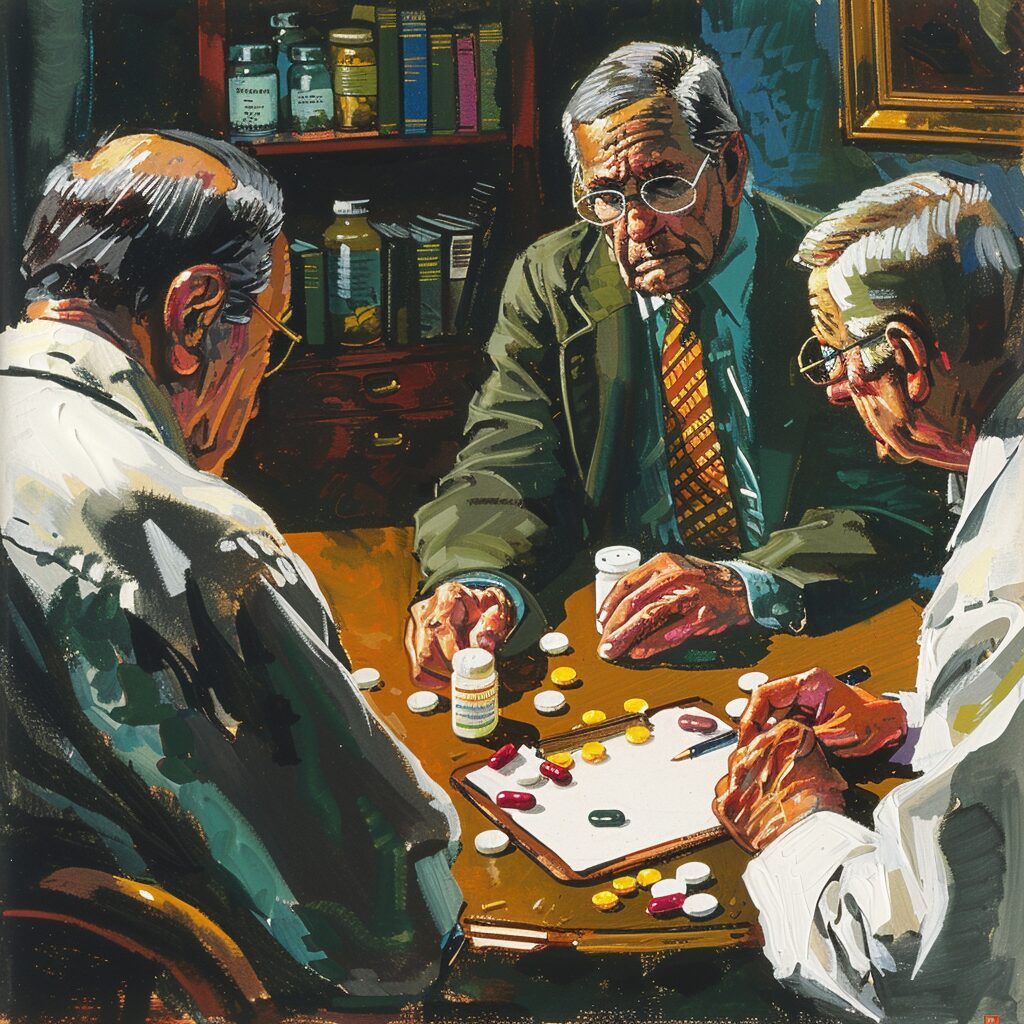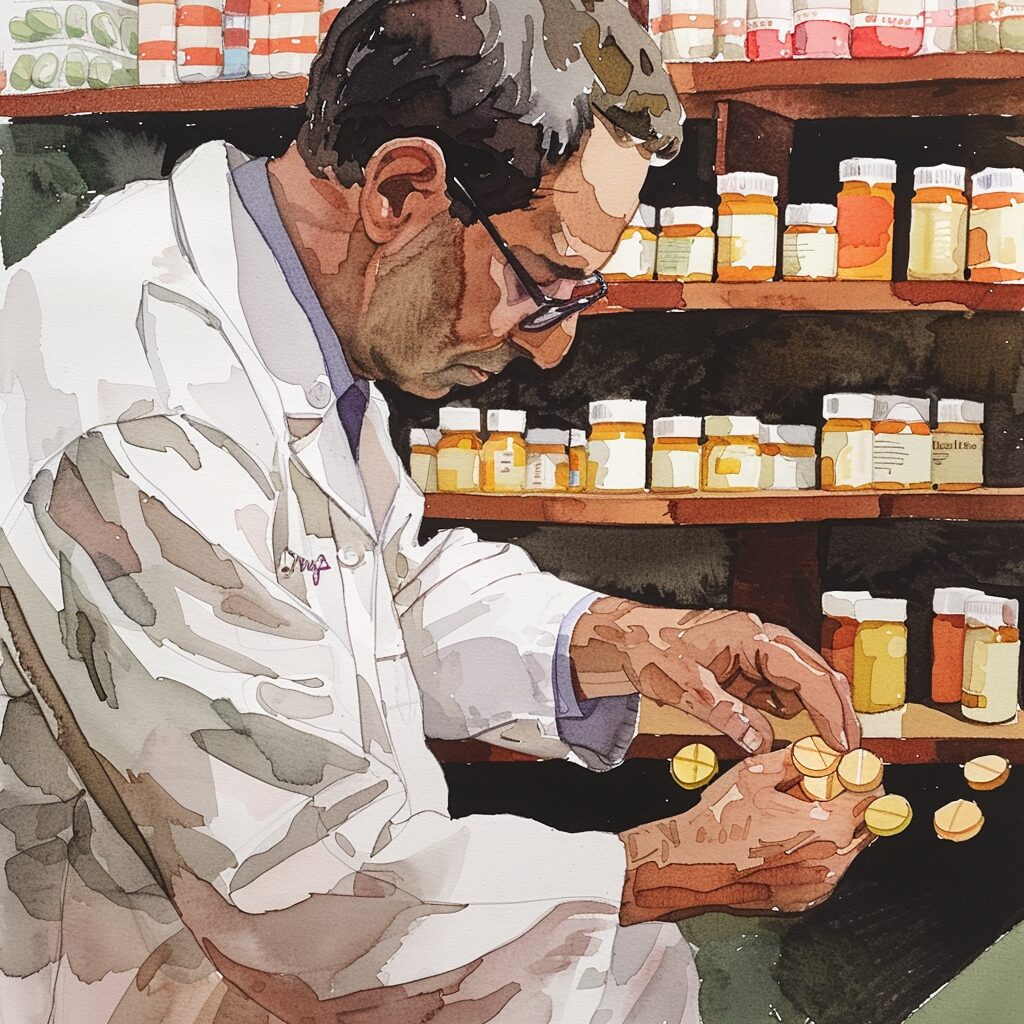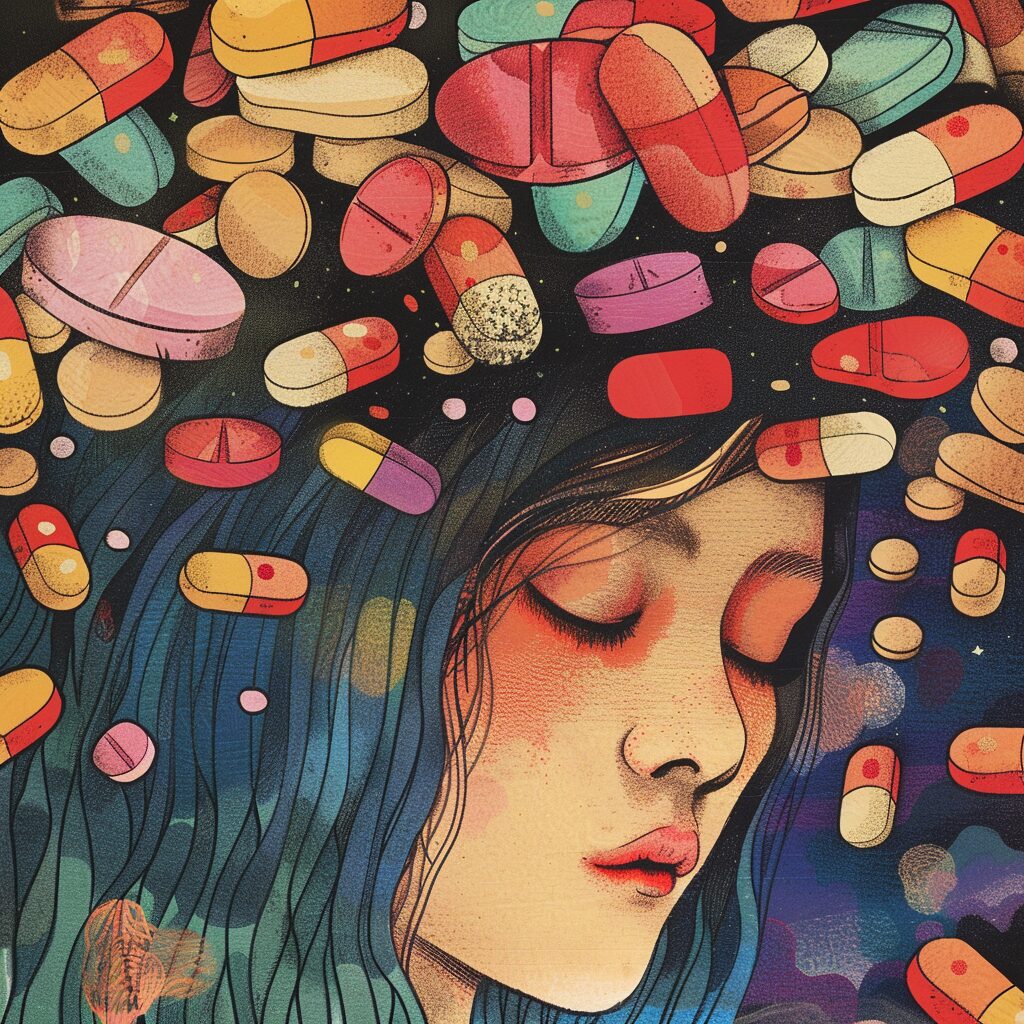Key takeaways:
- The prevalence of substance use disorders (SUDs) in older adults is rising in the United States, and opioid use disorder (OUD) affects over 2.1 million individuals in the country.
- Opioids can be dangerous when used improperly, leading to slowed breathing and heart rate, and even death in extreme cases.
- OUD is the ongoing and uncontrollable use of opioids, causing negative changes in a person’s life.
- Reducing stigmas surrounding addiction and mental health disorders is crucial to encourage seeking treatment.
- Treatment for OUD should be tailored to meet an individual’s unique needs, often involving a combination of behavioral therapy and medications.
- A holistic approach to recovery, addressing physical, mental, emotional, social, and spiritual needs, may be the most effective way to treat OUD.
- Medication-Assisted Treatment (MAT) can be highly successful in maintaining sobriety when used in conjunction with counseling and behavioral therapies.
- The top FDA-approved medications for OUD are buprenorphine, methadone, and naltrexone.
- Lantana Recovery provides comprehensive therapeutic and medical services, incorporating holistic and experiential therapies into their treatment programs.
The prevalence of substance use disorders (SUDs) in older adults is rising in the United States and is expected to impact over 5.7 million people by 2020, and opioid use disorder (OUD) is a growing problem in the United States today. According to the National Library of Medicine, OUD affects over 2.1 million individuals in the country. Treatment for OUD should take on a whole-patient approach to ensure lasting recovery success. One valuable treatment approach that is often used as part of a whole-patient approach is known as medication-assisted treatment (MAT).
Understanding Opioids and Opioid Use Disorder
Opioids are commonly prescribed by doctors to manage pain, but opioid addictions are some of the most dangerous substance use disorders (SUDs). When used improperly, opioids can slow your breathing and heart rate. In extreme cases, this depression of vital bodily functions can even lead to death.
When opioid-based medications enter your bloodstream, they attach to receptors in your brain and spinal cord that influence feelings of pain and pleasure. They release a flood of dopamine in the body that can be very appealing and make a person want to repeat the experience. OUD is the ongoing and uncontrollable use of opioids that causes negative changes in a person’s life. These changes might include significant physical and mental distress.
Reducing Stigmas
The first problem that comes up when thinking about addressing opioid addiction is the extreme stigma surrounding addiction and treatment. Unfortunately, there is a negative attitude surrounding OUDs. This can be extremely detrimental to people who are struggling with opioid addiction. It can cause them to feel ashamed and avoid seeking the treatment they desperately need and medical treatment programs should evaluate various interventions to optimize opportunities for increasing retention among their patient cohorts.
Defeating the stigmas surrounding mental health disorders, particularly SUDs, can be a difficult endeavor. To fight these stigmas, there are a few things that can help. Using person-centered language when discussing addiction can be a beneficial tool. Education and communication are also powerful tools in understanding and combatting stigmas. The more people understand the causes and effects of addiction, the more that stigma can be reduced.
Treatment Options for Opioid Use Disorder and Addiction
There are several treatment options available for those that are seeking recovery from OUD. Often, treatment includes a combination of behavioral therapy and medications. Treatment for opioids needs to meet the person’s unique needs. Finding a treatment plan, facility, or treatment team that best fits an individual’s needs is a crucial, personal decision.
A successful treatment plan should include a plan to help one safely detox first and foremost. Then it should go on to include a blend of therapies and group resources. Building a whole new routine for oneself is key. A person should plan to add physical exercise, plus healthy eating and sleeping practices to keep their physical body in good shape. There should also be plenty of opportunities to exercise one’s mind and make healthy social connections.
“Opioid use disorders affect over 16 million people worldwide, over 2.1 million in the United States, and there are over 120,000 deaths worldwide annually attributed to opioids” (Opioid Use Disorder, Dydyk et al., 2023)and can creep in and affect every part of a person’s life, it is important to approach treatment the same way. Holistically speaking, our health needs to be approached keeping in mind all of our needs. We need to understand our health is made up of our physical, mental, emotional, social, and spiritual needs. In order to have the best chance for success in recovery, all of our needs have to be addressed. A holistic approach to recovery may be the best way to address these needs.
What Is Medication-Assisted Treatment (MAT)?
Although medication is not always used in a treatment plan, it can be very useful in increasing the chances of success in sobriety. When medications are used to help a person struggling with opioid addiction, they can help a person by normalizing brain chemistry and relieving cravings. This helps to prevent withdrawal symptoms.
MAT is an evidence-based component of opioid treatment that has been proven highly successful in helping people maintain sobriety. It is crucial that MAT be used in conjunction with counseling and behavioral therapies. The medications that are used in the treatment of opioid dependence help reduce the negative effects on the body but do not provide the “high” of opioids.
The top medications approved by the FDA for OUD are buprenorphine, methadone, and naltrexone. These medications have been studied and proven as safe and, more importantly, effective. As with all parts of a treatment program, it is important to find the options that will work best for each individual. MAT can be used during the detox phase of treatment, through the recovery program, and can be utilized indefinitely to help a person maintain long-term sobriety.
MAT at Lantana Recovery
It is essential when receiving treatment for OUD to keep a holistic approach in mind. An integrated approach to whole-person health gives individuals struggling with addiction challenges the best chance for success in sobriety.
At Lantana Recovery, we provide comprehensive therapeutic and medical services. When entering our treatment programs, our clients have access to a diverse collection of effective and evidence-based treatment modalities. We pride ourselves on incorporating various holistic and experiential therapies into our treatment programs.
Bottom Line
Opioid use disorder is not something that should be taken lightly. The effects of opioids on the human body are serious and finding treatment should be a top priority. Effective treatment for opioid addiction often includes a combination of evidence-based therapies and medication-assisted treatment. By using medication in conjunction with a full treatment program of resources such as therapies and groups the chances of success increase exponentially. At Lantana Recovery, we are dedicated to helping our clients find the course of treatment that will best serve their needs.







